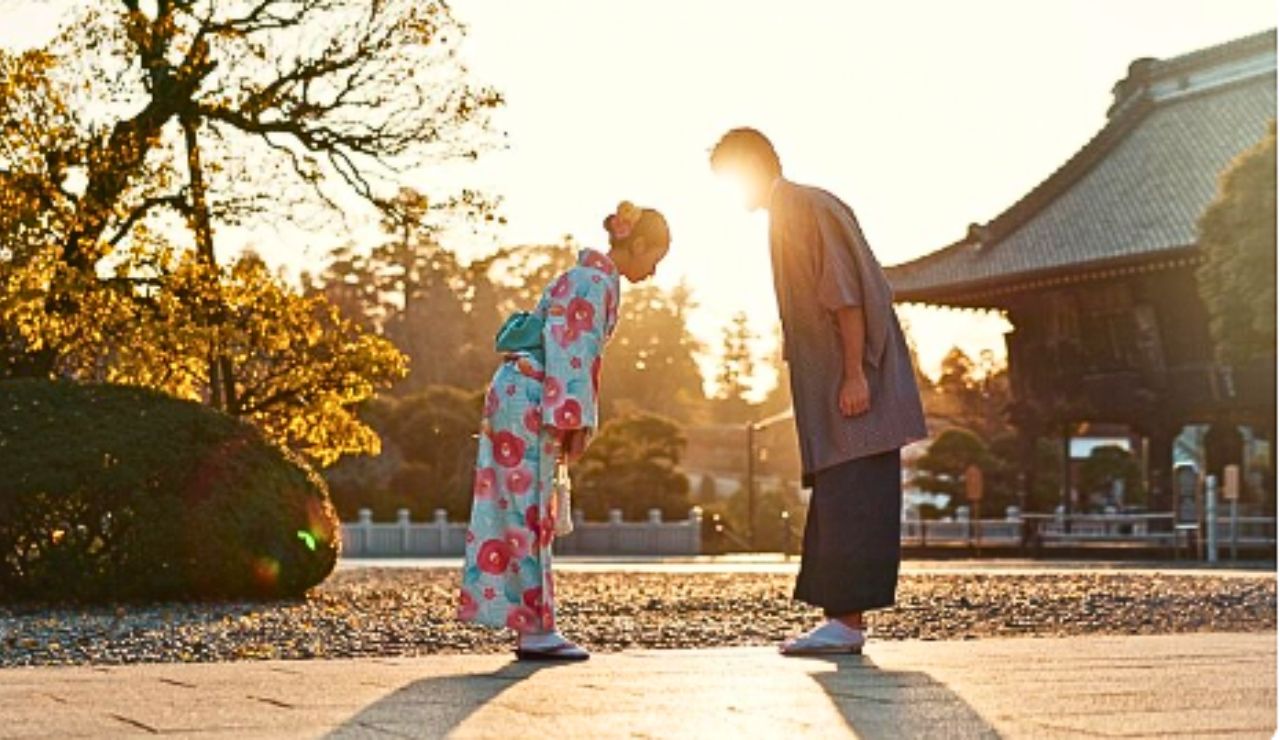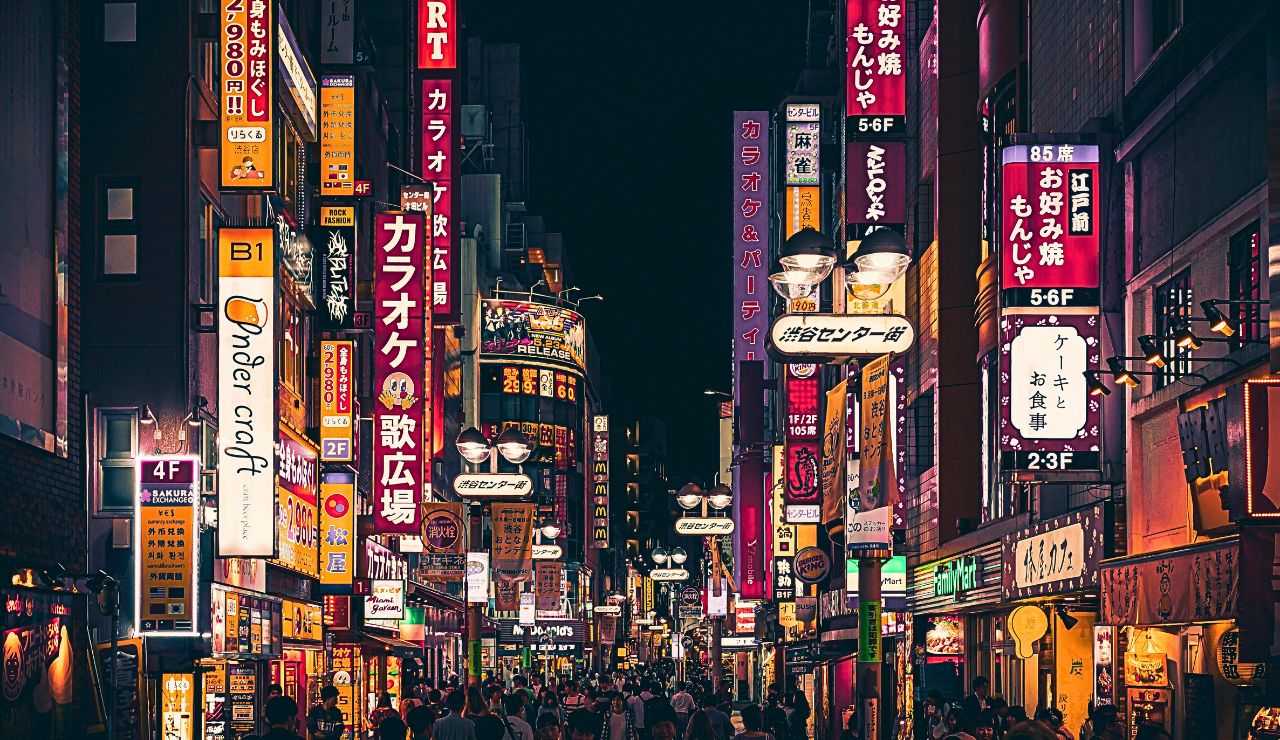7 Massive Japanese Cities in a Tourism Boom (But Still Off the Radar)

Japan’s famous cities like Tokyo and Kyoto grab the spotlight, but a wave of lesser-known urban hubs is quietly booming with new attractions, local experiences, and cultural gems. These massive cities may not top the typical tourist list, but they’re buzzing with life, welcoming infrastructure, and a uniquely local feel. Whether it’s a hidden food scene or a reimagined waterfront, these seven Japanese cities are ready to surprise you.
Fukuoka

A coastal city with a rising global reputation, Fukuoka blends a relaxed vibe with a serious food scene. Its open-air yatai stalls, art museums, and tech-friendly lifestyle make it a standout for travelers looking beyond the capital. From ramen slurped riverside to design-forward coffee shops and green spaces, it’s got modern edge without the crowds. The beaches are close by too, making this a well-rounded gem for urban explorers.
Sendai

As the largest city in the Tohoku region, Sendai offers a compelling mix of history, nature, and growing cultural buzz. Tree-lined boulevards and lush parks bring calm into the urban energy. Festivals like Tanabata draw huge crowds, but much of the year, you’ll find peaceful shopping arcades and deeply local food like gyutan. It’s an easy train ride from Tokyo yet feels worlds away in pace and personality.
Hiroshima

While known globally for its tragic past, Hiroshima is now a forward-looking city full of life. It’s got world-class museums, a thriving nightlife, and a food culture that centers around okonomiyaki and oysters. Beyond the Peace Park, neighborhoods are reinventing themselves with new arts districts and waterfront developments. Visitors are starting to notice, but it still retains a local pace and an unpolished charm.
Kobe

Often overshadowed by Osaka and Kyoto, Kobe holds its own with mountain backdrops, a scenic harbor, and international flair. It’s one of Japan’s most cosmopolitan cities thanks to its port history, with diverse architecture and gourmet food that extends well beyond its famous beef. There’s a relaxed luxury here and a growing wave of stylish cafés and fashion boutiques popping up in its quieter neighborhoods.
Sapporo

Far north in Hokkaido, Sapporo is gaining fans for its winter magic and relaxed urban atmosphere. Snow festivals aside, it’s also a year-round destination for food lovers and outdoorsy travelers. Craft beer, seafood markets, and laid-back boulevards give it a distinct personality. Visitors are trickling in for the skiing and staying for the ramen and slow living. It’s still under the radar but not for long.
Hamamatsu

This industrial powerhouse between Tokyo and Osaka is fast becoming a hotspot for design, music, and innovation. Known for its musical instrument manufacturing, Hamamatsu has creative energy pulsing through museums, jazz cafes, and maker spaces. Add in Lake Hamana’s waterside vibes and a growing food scene and it’s clear why more travelers are adding it to their routes. It’s a dynamic mix of nature and invention.
Nagoya

Long dismissed as a stopover, Nagoya is shaking off its dull reputation fast. It’s Japan’s fourth-largest city and now bursting with high-rise design, hip neighborhoods like Osu, and new cultural spots. Foodies are discovering hits like miso katsu and tebasaki, while the city’s industrial roots are celebrated in sleek museums. It’s still not crowded, but it’s catching on with travelers who want urban depth without tourist overload.